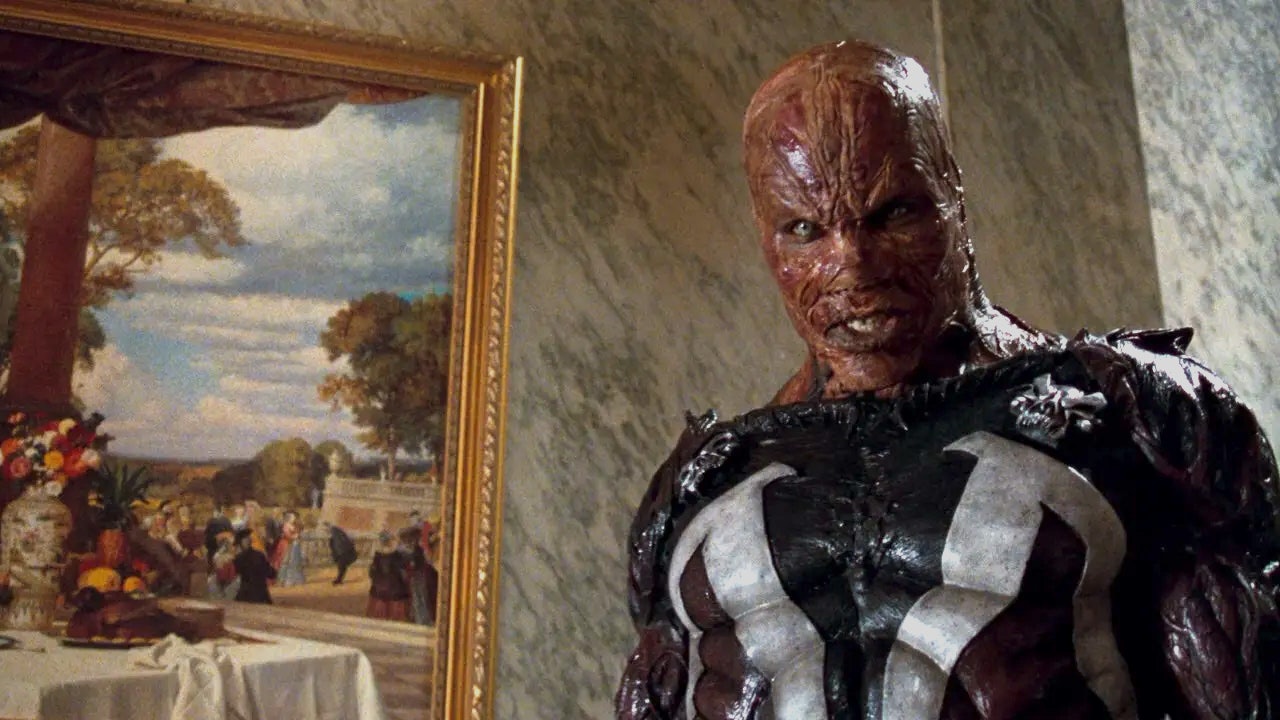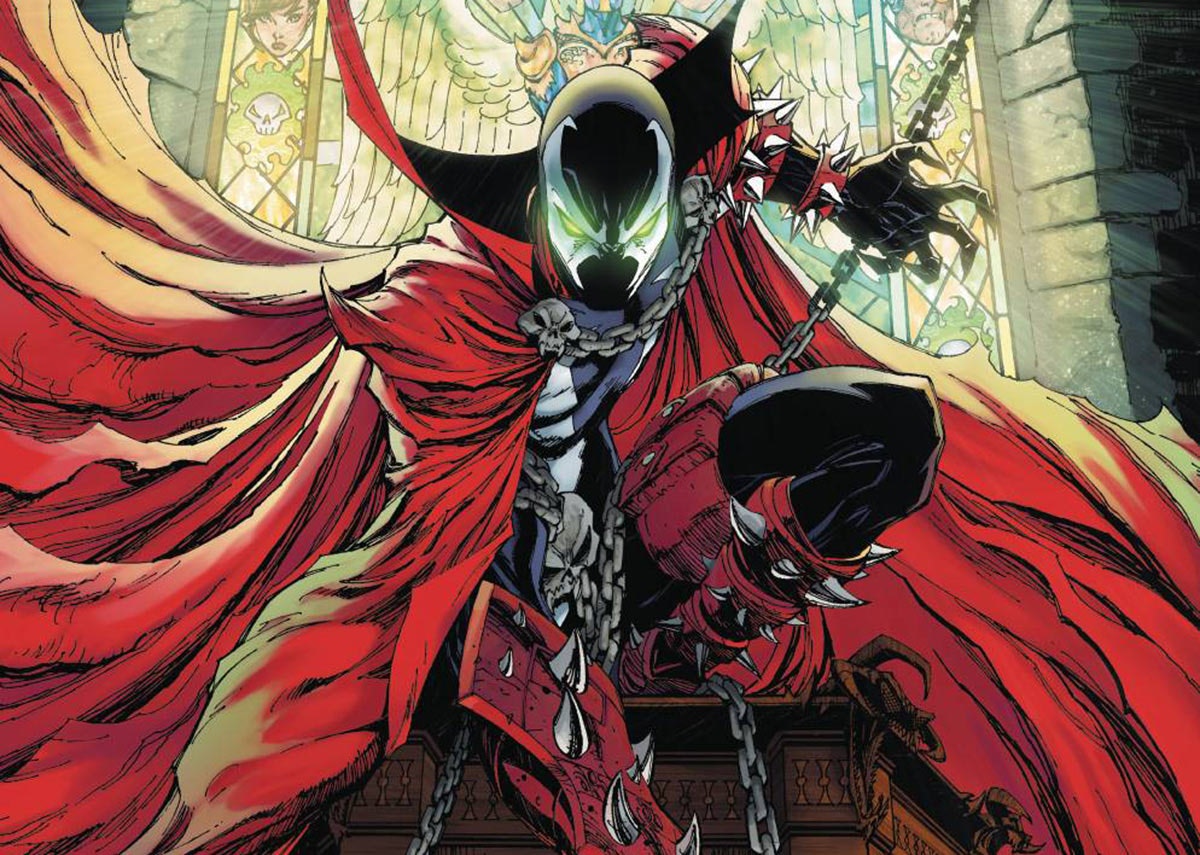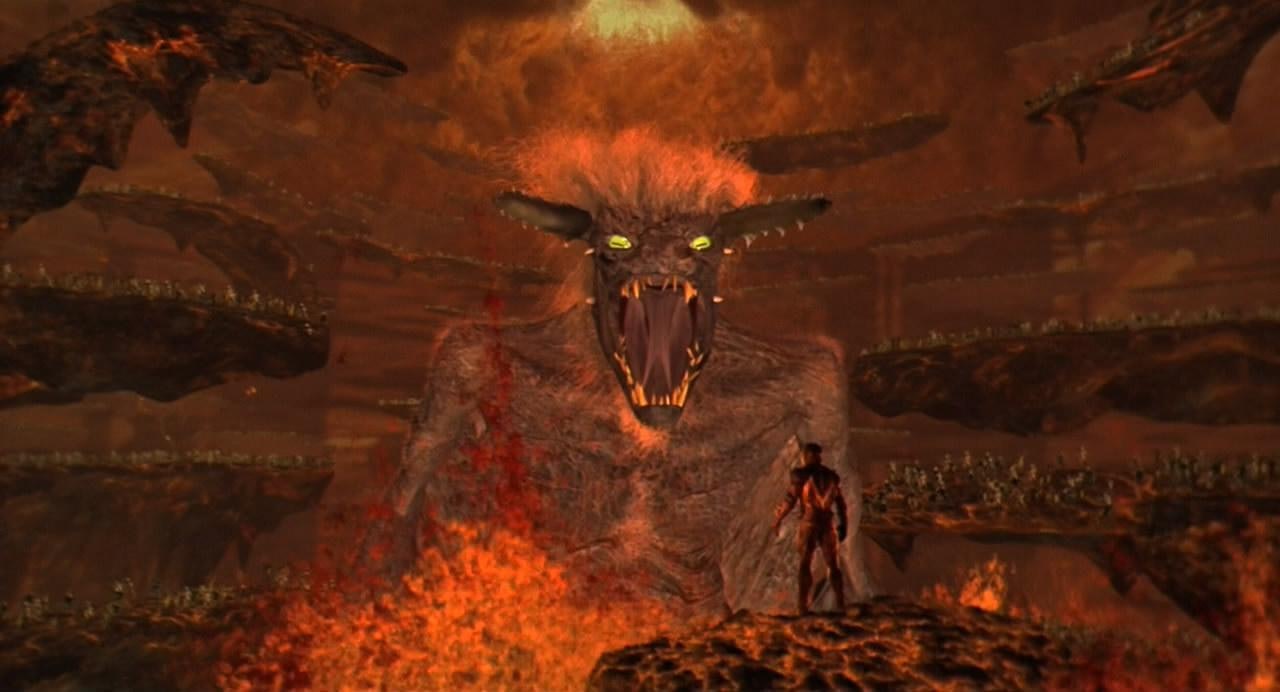
The ‘90s were one of the most prolific eras ever for mainstream comic books. Both Marvel and DC Comics saw sales the likes of which they hadn’t ever seen before. One of the decade’s superstars, Todd McFarlane, co-created Venom and redefined Spider-Man for a new generation. But McFarlane provided his biggest shake-up to the industry when he left Marvel to create Image Comics alongside other titans of the time like DC’s current CCO Jim Lee and Deadpool co-creator Rob Liefeld. Before long, their wildly successful venture led to one of the most unique comic book film adaptations ever made.
Image Comics empowered creators to craft new titles that they would own outright, and the creative-forward methodology led to the most significant competitor to DC and Marvel in decades. Right out the gate, McFarlane led the way with his own creation: Spawn.

The landmark first issue hit stands in 1992 and debuted to massive sales. To this day, it holds the record as the best-selling single issue of a creator-owned comic ever at 1.7 million issues. That success led to interest from Hollywood almost immediately, with studios attempting to scoop up the rights to McFarlane’s story of a man who dies and returns to Earth as a hell-spawned anti-hero.
McFarlane eventually sold the rights to New Line for just $1. The superstar comics creator took such a small fee in exchange for two things: more creative input and the retention of merchandising rights. In the end, the merch worked out in his favor. To this day, Spawn helps fuel McFarlane Toys. As for the creative input? It unfortunately wasn’t enough to save the 1997 film from becoming a quickly dated relic that was perhaps just a bit too ahead of the curve.
New Line Cinema gave the green light to the film with a $20 million budget. They cast the relatively unknown Michael Jai White as the lead, while visual effects veteran Mark A.Z. Dippe made his directorial debut. (This made sense as Spawn made use of a lot of computer-generated visual effects, something that had been pioneered by Jurassic Park just a few years earlier.)
Early footage clearly impressed the studio, leading to a flood of extra money that ballooned the budget to $40 million. Producer Clint Goldman at the time boasted, “Our budget was roughly half of Men in Black’s — and we have as good or better special effects.” While those numbers might be accurate, Men In Black was ultimately a much larger hit ($587 million worldwide) and spawned (hehehe) three sequels.
Spawn, meanwhile, perhaps bit off more than it could chew in the visual effects department. While John Leguizamo’s practical Clown costume is impressive, as is Violator and Spawn’s costume (sans the CGI cape) much of the CGI began to show its age almost immediately. 25 years removed? It appears incredibly dated.
Goldman managed to squeeze $1 million out of the budget by cutting a full week’s worth of shooting from the 70-day schedule. The money was funneled to create hell in the film’s climax. The relatively young Santa Barbara Studios had to do the work in just six weeks. It shows.

1997 was a radically different period for comic book adaptations. Don’t forget, this is the very same year Batman & Robin hit theaters and promptly killed the franchise for a full eight years. Yet you could also thank it for forcing the radical reinvention that eventually came in 2005’s Batman Begins, which in turn led to the positively iconic The Dark Knight. 1997 was also a full three years before X-Men proved that more serious superhero movies could mean big money, and it took another eight years after that before Iron Man kicked off the Marvel Cinematic Universe.
That matters greatly when it comes to this failed adaptation of a hip, edgy, and most importantly very dark comic book.
Failed is a relative term. Spawn made $87 million at the box office, and the home video market was much more robust at the time. It wasn’t a total flop but it was by no means a hit. Perhaps most frustrating, HBO’s Spawn animated series, which also launched in 1997, proved to be a far better adaptation overall. It’s a bonafide classic, whereas the live-action film was relegated to cult classic status.

It wasn’t long before the tide started to turn in Hollywood. Wesley Snipes’ Blade gave us an R-rated comic book movie hit with a Black lead actor in 1998. Spawn absolutely deserves some credit for being the first big superhero movie with a Black lead. It’s just a shame that the studio couldn’t make a better representation of the source material. It relied too much on CGI technology that just wasn’t advanced enough yet. The studio didn’t understand (or wasn’t ready to understand) how to adapt source material like this, and a general lack of a superhero movie template doomed Spawn to fail.
It may have been a totally different story if somebody tried to make a Spawn movie in the early 2000s instead, but alas, we’re stuck with the 1997 original that was way ahead of its time.
25 years later, McFarlane is still trying to get a new R-rated film adaptation made, and seemingly came close with a Blumhouse deal that still hasn’t materialized. Meaningful updates have been few and far between, but, perhaps not surprisingly, McFarlane wants even more creative control this time around. He is writing the screenplay and hopes to direct it.
On the plus side, Hollywood has no compunction now about R-rated, gritty superhero movies. Thanks to the likes of Logan, Deadpool, and Blade they’re totally in vogue. Spawn finally stands a fighting chance — assuming he can re-enter the fray soon enough before the subgenre gets tired.







